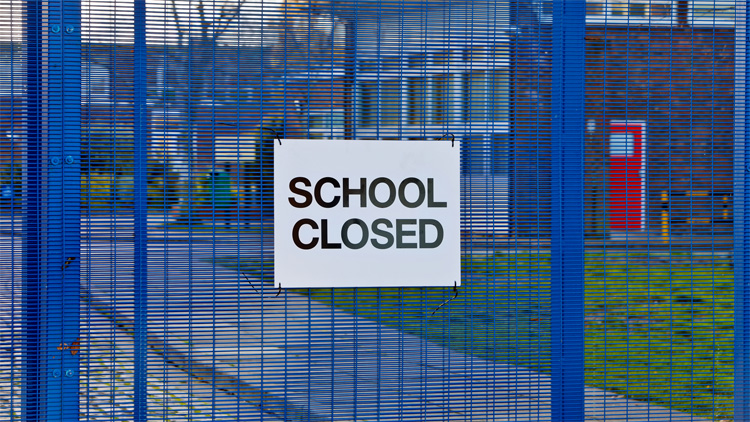
District budgets are badly strained when many of their schools are under-enrolled. This is one of the biggest reasons that districts with growing charter enrollment hit financial hurdles. Meanwhile, charter schools can’t expand without access to facilities, and in a growing number of cities, suitable facilities are in very short supply. Understandably, charter leaders bristle when they are blamed for budget woes that may be easily solved by consolidating under-enrolled schools. And understandably, district leaders think they wouldn’t have the under-enrollment problem if charter schools weren’t pulling away students.
At a recent CRPE gathering to discuss ways the two sectors can better cooperate, district leaders made a strong case that they need charters’ help in this area. One discussion focused on whether charter schools should coordinate with the district to ensure that high-performing schools can locate in the neighborhoods that need them most. A district leader said they need their charter partners to better understand the political reality of co-locations, turnarounds, and closures, and to find ways to help take some of the political heat or provide cover for those kinds of decisions—which are extremely unpopular with community leaders and board members. As she described, “We need to figure out how to share the burden of opening up a legacy comprehensive high school to co-location. People react to this. So the question is how to share the burden with charters. How do charters stand with the district on this?”
In another discussion on the politics of collaboration, some charter leaders had a difficult time understanding why closing schools is so challenging for districts. This led to a patient explanation from other charter leaders as well as district leaders about how hard it is for communities to see a building shuttered or handed over to a charter school when generations of neighborhood kids, some of whom went on to be accomplished leaders, attended the school. There is little that causes more strife and political pain in education than school closures.
At the very least, it would be politically wise for charter leaders to better understand and empathize with that pain and what helps ameliorate it. One charter leader put in stark terms how closing a district school and replacing it with a charter school can feel like a personal affront to a community if there hasn’t been enough transparency about school performance:
“’I’m shutting down your school because you deserve better’ doesn’t go over well. Imagine you come home and a stranger has rearranged your whole house. ‘Who are you and why are you here and touching my stuff?’ You haven’t been invited to do so. The politics within the community and lack of information creates a problematic transition.”
More sophisticated partnerships are needed, not just empathy. To create smoother transitions in school closures or takeovers, communities need, as one district leader put it, “Not just transparency, but truth.” Transparency about the quality of their current school, and truth about school capacity and how under-enrollment affects school resources—and about how they plan to strike the balance between capacity and quality by closing, restructuring, and opening new schools, charter or otherwise. And as another district leader said, district and charter leaders need to be able to “paint a picture of what tomorrow is going to look like,” to provide answers about what these sometimes painful transitions mean for the future.
Another charter leader noted that what has worked in their context is to show parents and students concrete examples of what this “tomorrow” could look like: give families the opportunity to see good schools in action. As she described, “Once kids see that they can have more, the district has to deliver. But it’s hard to imagine it until you actually see it.”
Charter advocates could help rally their community allies to promote sensible building-use policies that make it as painless as possible for each neighborhood to have access to a growing number of high-performing schools, whether district or charter. These policies should do everything possible to preserve the honor and legacies of existing school names, heroes, and sports teams. They could also be great neighbors, giving communities access to the space after school hours for practices, adult education, and family health services. They should engage the community in the process as much as possible and take time to listen to real concerns.
At the same time, it should be made clear by both the district and the charter community that students pay the price of NOT closing schools. Larger class sizes and staff layoffs should not be pinned on charter schools when district buildings are not being used efficiently.
Failure to find politically viable pathways to replacing low-performing schools can bring both district improvement strategies and charter growth to a halt. The solution will require district and charter leaders to come together in thoughtful and strategic ways.
—Robin J. Lake and Alice Opalka
Robin J. Lake is the director of the Center on Reinventing Public Education at the University of Washington. Alice Opalka is a project manager at the Center on Reinventing Public Education.
This post originally appeared on The Lens.


